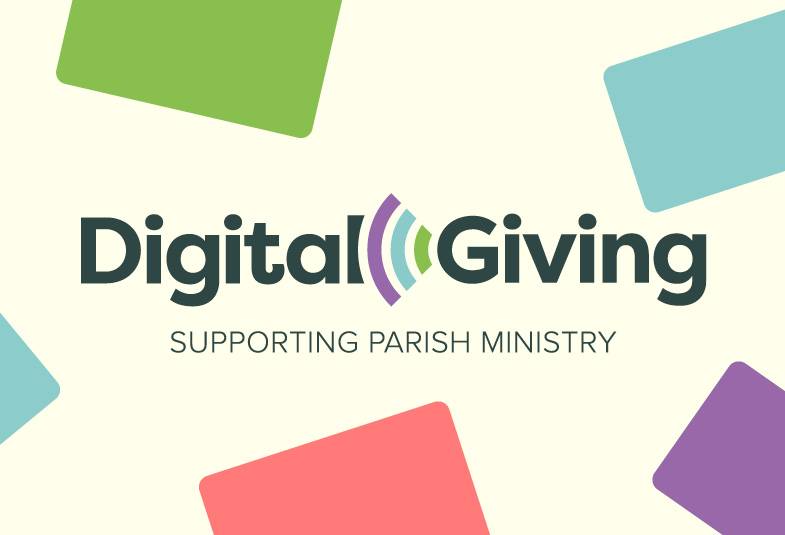
With card having overtaken cash as the preferred form of payment in society generally in 2017, we know that having the ability to accept digital donations is going to be key for many churches in the years to come. In 2022 alone, churches across the country received digital donations and payments of almost £10m. That’s why the Church of England’s National Giving Team is embarking on a three-year project to help thousands more churches get started with digital giving.
In 2021, we ran four pilots with dioceses across the country to test out different types of devices and ways of training churches. Taking on board everything we learned from that experience, this year we’re beginning to rollout a streamlined approach to helping churches get going with digital giving with the aim of working with each diocese in the country by the end of 2024.
What is digital giving?
Digital giving refers to donations made using a bank card or smart device, such as a mobile phone, either via a contactless donation unit or through an online giving page accessed through a web browser or QR code.
What are the benefits of digital giving for churches?
How is the rollout going to work?
We are working in a phased way diocese-by-diocese. Each diocese is entitled to a certain amount of devices, and the National Giving Team will work with them to allocate devices to a range of churches. This will also include offering some online and in-person training, so that churches feel equipped with how to get the most out of digital giving.
The dioceses we are currently working with, or are about to start working with, include:
- Canterbury applications have now closed.
- Lincoln applications have now closed.
- St Albans applications are open.
- Chelmsford applications are open.
Each diocese will promote the application window to their churches; those dioceses currently accepting applications are indicated above and you can click on the link to find out more information.
Details of the order of future dioceses to be included in the rollout will be published here in due course. If you want to find out more about what’s happening in your area, contact your local giving advisor or the National Giving Team's support desk for digital giving queries.